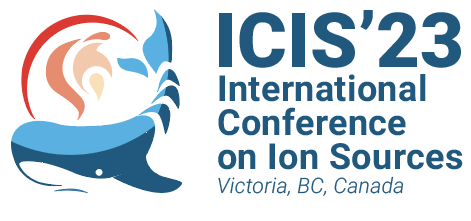Speaker
Description
The SPIRAL1 facility provides post-accelerated radioactive ion beams (RIBs) since 2001. Initially limited to isotopes of gaseous elements, SPIRAL1 has been upgraded over the last decade to produce radioactive ions of condensable elements. It does so by using both a hot 1+ ion source and an ECR Charge Breeder where the latter is used to increase the ion charge state for post-acceleration. The SPIRAL1 team at GANIL is pursuing R&D on both fronts in order to expand the offer of RIBs.
The SPIRAL1 facility is compatible with several target ion-source systems (TISS) which are being tested and developed:
• A FEBIAD-type electron-impact ion source has been tested online several times over the last few years with promising results. The latest online experiment allowed to produce radioactive isotopes of Chromium ($^{48,49}$Cr), which is the most refractory element ionized at SPIRAL1 to date.
• A surface ion source, MonoNaKe, is being modified to produce beams of short-lived lithium isotopes.
• The TULIP project aims at producing short-lived neutron-deficient ions through fusion-evaporation reactions. Two TISS are being developed and are dedicated to alkali and metallic elements.
The SPIRAL1 Charge Breeder (SP1CB) is now fitted with a fixed frequency amplifier (Klystron) and a variable frequency amplifier (travelling wave tube). Using one amplifier, the other, or both, enables several heating modes, which gives a certain amount of control on the charge state distribution at the output of SP1CB. We are currently investigating the effect that several parameters of SP1CB (magnetic field, support gas, etc) have on its performance, while using it either as a charge breeder (by injecting 1+ ions) or as a “standard” ECR ion source (by injecting neutral gas).
In this conference, we aim to present recent developments and results on the production of radioactive ion beam at SPIRAL1 facility in France.
| Email Address | pierre.chauveau@ganil.fr |
|---|---|
| I have read the Code of Conduct to attend ICIS2023. | Yes |

